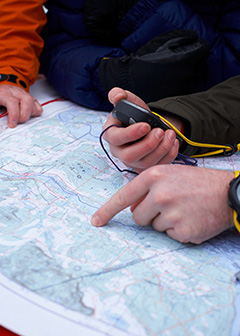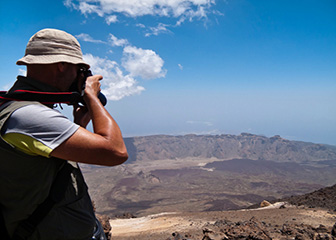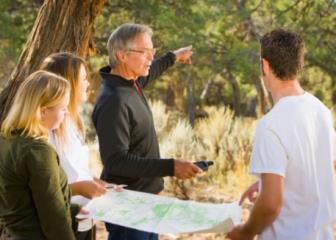Summary
Please enable javascript to play this video.
| Quick Facts: Geographers | |
|---|---|
|
$97,200 per year
$46.73 per hour |
|
| Bachelor's degree | |
| None | |
| None | |
| 1,500 | |
| -3% (Decline) | |
| 0 | |
What Geographers Do
Geographers study the Earth and the distribution of its land, features, and inhabitants.
Work Environment
Most geographers work full time. Geographers who do fieldwork may travel to foreign countries or remote locations.
How to Become a Geographer
Geographers typically need at least a bachelor’s degree to enter the occupation. Some jobs require a master’s or doctoral degree.
Pay
The median annual wage for geographers was $97,200 in May 2024.
Job Outlook
Employment of geographers is projected to decline 3 percent from 2024 to 2034.
Despite declining employment, about 100 openings for geographers are projected each year, on average, over the decade. All of those openings are expected to result from the need to replace workers who transfer to other occupations or exit the labor force, such as to retire.
State & Area Data
Explore resources for employment and wages by state and area for geographers.
Similar Occupations
Compare the job duties, education, job growth, and pay of geographers with similar occupations.
More Information, Including Links to O*NET
Learn more about geographers by visiting additional resources, including O*NET, a source on key characteristics of workers and occupations.
 United States Department of Labor
United States Department of Labor











